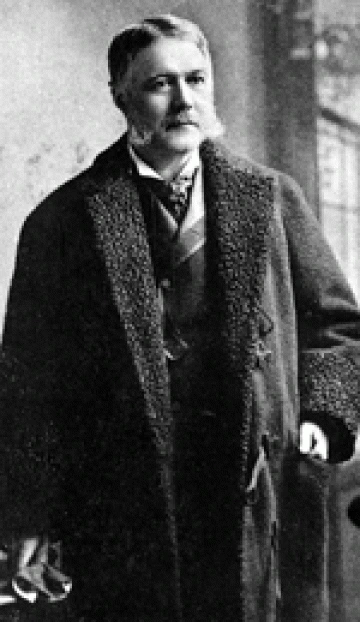
Chester Alan Arthur became president in September of 1881 after James Garfield died of wounds suffered in an assassination attempt in July. There was trepidation as Arthur had been associated with the “Stalwarts”, a faction of the Republican Party considered hostile to political reforms. Arthur would surprise many as he moved away from his former associates and took the first steps towards reforming the United States civil service.
However, just a year after assuming the presidency, Arthur was diagnosed with Bright’s disease, a fatal kidney condition. Arthur’s most recent biographer, Zachary Karabell, notes that today, a more proper definition of Arthur’s ailment would be glomerulonephritis. As Karabell puts it, the disease “made it difficult for his nephrons to rid his body of toxins. His blood and body were slowly being poisoned by his own digestion.” (P. 92)
Among the symptoms of his condition was great fatigue. Coupled with that was grief; Arthur’s wife had died in 1880. He lacked control over his party, which must have been frustrating. Karabell wonders if Arthur did not suffer from depression.
Arthur made a half-hearted attempt to win the Republican presidential nomination in 1884, but he was passed over. Arthur’s health went into sharp decline after he left office and he died less than two years later.
The information for this piece came from:
Karabell, Zachary. Chester Alan Arthur. New York: Times Books, 2004
